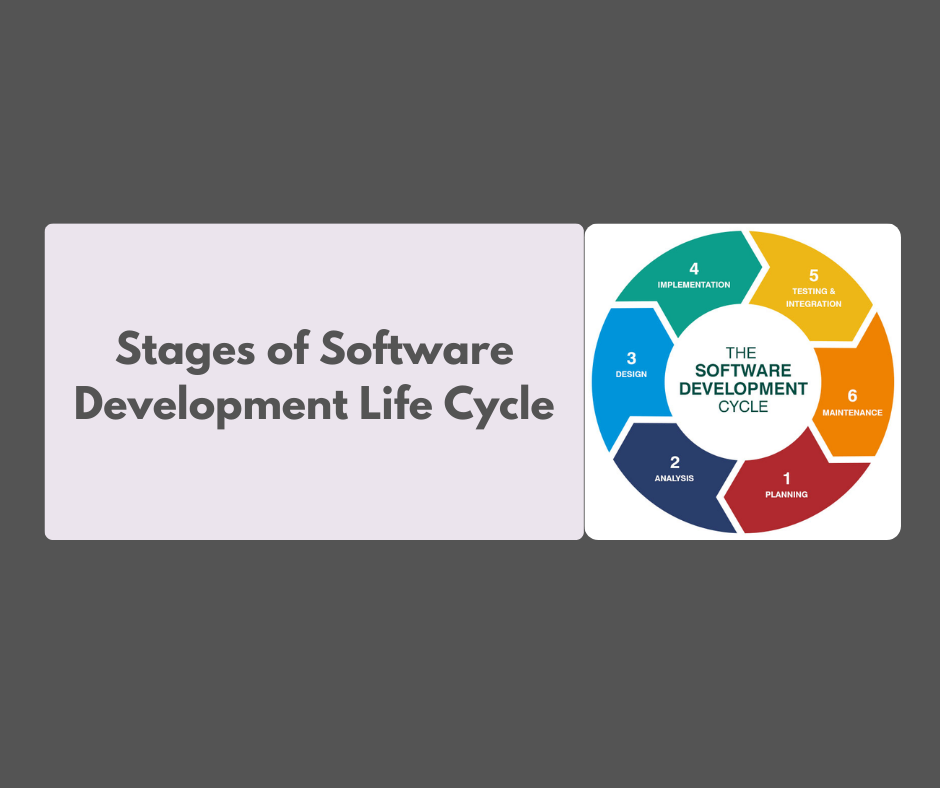Software development continues to be at the vanguard of technological advancement, propelling innovation and sustaining our digital environment. Every successful software product is the result of a painstakingly planned process called the Software Development Life Cycle (SDLC). Serving as a roadmap, the SDLC assists developers at every stage of the development process, from conception to deployment and beyond.
Understanding the SDLC
There are several phases in the software development life cycle, and each has its own goals, deliverables, and methods. While methods may differ according to the demands of the project and the preferences of the team, the basic phases typically consist of:
- Planning: During this first stage, the requirements, scope, and goals of the project are defined. In order to create a distinct vision and development process roadmap, stakeholders work together. Doing feasibility studies, defining project milestones, and drafting a project plan are important activities.
- Analysis: In this stage, developers conduct a more thorough analysis of the project specifications, obtaining comprehensive knowledge about user requirements and system capabilities. In order to validate concepts, this stage frequently entails brainstorming sessions, stakeholder interviews, and prototype creation.
- Design: After gaining a thorough grasp of the project specifications, developers move on to the design stage. Here, they meticulously craft the software solution’s architectural blueprint, ensuring that system architecture, data models, user interfaces, and other technical requirements are defined comprehensively.
- Development: The software takes shape during the development phase. Iterative development is frequently facilitated by agile approaches like Scrum or Kanban, which provide ongoing feedback and modification.
- Testing: In order to guarantee the software product’s dependability and functionality, quality assurance is crucial. Testing teams thoroughly assess the program in comparison to predetermined standards, finding and fixing any flaws or irregularities.
- Deployment: The software is deployed to the production environment once it is judged ready for release.
- Maintenance: In this phase, updates are regularly deployed, user input is promptly addressed, and any issues that may arise after deployment are diligently resolved. In order to ensure the software product’s long-term performance and sustainability, ongoing monitoring and optimization are deemed crucial.
Conclusion:
The Software Development Life Cycle (SDLC) provides a structured approach to software development. By progressing through each phase, teams enhance workflows, mitigate risks, and create top-quality solutions that meet stakeholder and user needs. Embracing best practices and fostering cooperation throughout the SDLC empowers developers to innovate and succeed in a dynamic digital environment, driving value and innovation in software development.

